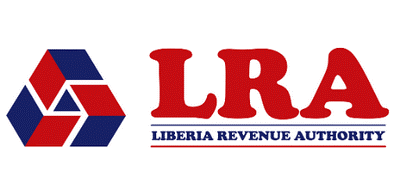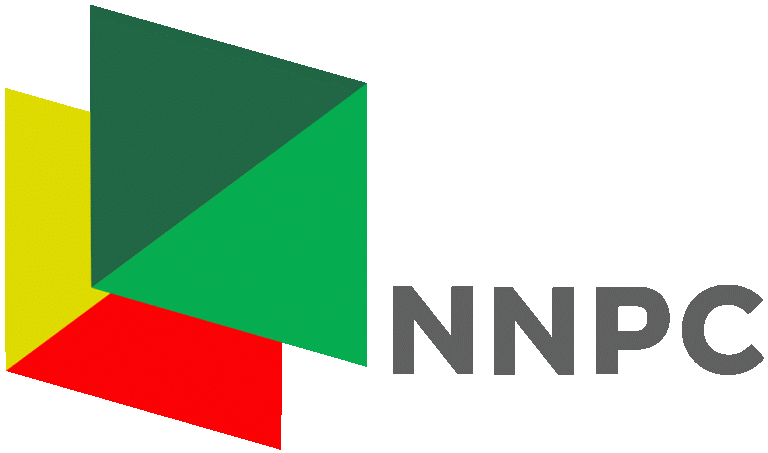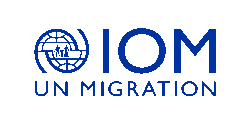Advanced Social Security and Pension Benefits Training Course
INTRODUCTION
Social security and pension systems are critical components of social safety nets, providing income security for individuals in retirement or those facing disability or loss of employment. These systems are designed to ensure that individuals can maintain a standard of living after their working years or during periods of need.
This training course offers a comprehensive overview of social security systems and pension benefits, focusing on their design, management, and policy frameworks. Participants will learn about the different types of pension schemes, the challenges in maintaining financial sustainability, and the best practices for implementing effective social security and pension programs. The course also explores the role of governments, employers, and individuals in supporting and reforming these systems to meet the needs of aging populations and evolving labor markets.
DURATION
5 days
TARGET AUDIENCE
- Pension fund managers and trustees
- Social security administrators
- Policymakers and regulators involved in pension and social security systems
- Human resource professionals and financial advisors
- Economists and researchers in social protection and pension systems
COURSE OBJECTIVES
By the end of this course, participants will:
- Understand the fundamentals of social security and pension systems:
- Learn the key principles behind social security and pension systems, including their objectives, structure, and stakeholders.
- Differentiate between social security systems and pension schemes.
- Explore the different types of pension schemes and benefits:
- Understand the various pension models, including defined benefit (DB) and defined contribution (DC) plans, and hybrid systems.
- Learn about public pensions, employer-sponsored pensions, and individual retirement accounts (IRAs).
- Assess the challenges facing pension systems globally:
- Explore issues such as aging populations, longer life expectancy, and economic constraints that affect the sustainability of pension systems.
- Analyze how demographic changes and economic instability impact social security and pension benefits.
- Examine the design and implementation of effective pension systems:
- Learn how governments and organizations design, fund, and manage social security and pension programs.
- Explore best practices for ensuring the financial sustainability of pension systems.
- Understand regulatory and governance frameworks:
- Analyze the legal and regulatory frameworks that govern pension and social security systems.
- Understand the role of governance, transparency, and oversight in managing pension funds and social security programs.
- Explore strategies for reforming and improving pension systems:
- Examine approaches to reforming pension systems in response to demographic shifts and fiscal challenges.
- Learn about innovative solutions for extending coverage and ensuring retirement income security for all workers.
COURSE CONTENT
Module 1: Introduction to Social Security and Pension Systems
- Overview of social security systems: history, objectives, and importance
- Key concepts: social insurance, public pensions, and private pensions
- Structure of pension systems: first, second, and third pillars (public, occupational, and private)
- The role of social security in providing income protection
Module 2: Types of Pension Schemes
- Defined Benefit (DB) vs. Defined Contribution (DC) pension plans
- Hybrid pension models: cash balance and risk-sharing plans
- Individual Retirement Accounts (IRAs) and personal pensions
- Social security benefits vs. occupational and private pensions
Module 3: Financing Social Security and Pension Systems
- Funding models: pay-as-you-go (PAYG) vs. fully funded systems
- The role of employers, employees, and governments in funding pensions
- Investment strategies for pension funds: managing risk and generating returns
- Understanding actuarial assumptions, contributions, and benefits formulas
Module 4: Demographic Challenges and Pension System Sustainability
- The impact of aging populations and longer life expectancy on pension systems
- Fertility rates and labor force participation: implications for funding pensions
- Fiscal pressures and reform: adjusting benefits, contributions, and retirement ages
- Strategies for maintaining pension system solvency
Module 5: Social Security and Pension Reform Strategies
- Case studies of successful pension reforms from various countries
- Strategies for extending pension coverage to informal sector workers
- Adapting pension systems to changing labor markets and demographics
- Pension adequacy and sustainability: balancing benefits with fiscal realities
Module 6: Governance, Transparency, and Oversight of Pension Systems
- The role of governance in managing pension funds: trustees, fiduciary duties, and ethical considerations
- Regulatory oversight and compliance with pension legislation
- Ensuring transparency and accountability in pension management
- Managing pension fund risks: investment risk, longevity risk, and governance risk
Module 7: Pension Benefits and Retirement Planning
- Calculating pension benefits: key factors affecting benefit levels (salary, contributions, service years)
- Integrating pension benefits with other retirement income sources (social security, savings, investments)
- Best practices for retirement planning and pension optimization
- Communication strategies for pension funds: educating members about benefits and options
Module 8: The Role of Social Security in Protecting Vulnerable Populations
- Social security as a tool for reducing poverty and inequality in old age
- Social protection for informal workers and marginalized groups
- Disability and survivor benefits under social security programs
- Case studies: social security programs in developing economies
Module 9: Investment Management for Pension Funds
- Investment strategies for pension fund portfolios: balancing risk and return
- Asset allocation for long-term growth and income generation
- Role of alternative investments in pension portfolios: real estate, private equity, and infrastructure
- Best practices for managing pension fund investments and monitoring performance
Module 10: Future Trends and Innovations in Pension Systems
- The impact of technology and digitalization on pension administration and delivery
- Emerging trends: flexible retirement ages, phased retirement, and longevity insurance
- The role of environmental, social, and governance (ESG) factors in pension fund investments
- The future of global pension systems: lessons from international organizations (e.g., ILO, OECD, World Bank)
CERTIFICATION
- Upon successful completion of this training, participants will be issued with Macskills Training and Development Institute Certificate
TRAINING VENUE
- Training will be held at Macskills Training Centre. We also tailor make the training upon request at different locations across the world.
AIRPORT PICK UP AND ACCOMMODATION
- Airport pick up and accommodation is arranged upon request
TERMS OF PAYMENT
- Payment should be made to Macskills Development Institute bank account before the start of the training and receipts sent to info@macskillsdevelopment.com
Advanced Social Security And Pension Benefits Training Course in Kenya
| Dates | Fees | Location | Action |
|---|---|---|---|
| 13/10/2025 - 17/10/2025 | $2,900 | Kigali |
|
| 27/10/2025 - 31/10/2025 | $1,250 | Nairobi |
|
| 03/11/2025 - 07/11/2025 | $4,000 | Johannesburg |
|
| 10/11/2025 - 14/11/2025 | $2,900 | Kigali |
|
| 24/11/2025 - 28/11/2025 | $1,250 | Nairobi |
|
| 01/12/2025 - 05/12/2025 | $4,000 | Johannesburg |
|
| 08/12/2025 - 12/12/2025 | $2,900 | Kigali |
|
| 13/10/2025 - 17/10/2025 | $4,950 | Instanbul |
|
| 27/10/2025 - 31/10/2025 | $1,250 | Nairobi |
|
| 03/11/2025 - 07/11/2025 | $2,900 | Kigali |
|
| 10/11/2025 - 14/11/2025 | $4,950 | Dubai |
|
| 24/11/2025 - 28/11/2025 | $1,250 | Nairobi |
|
| 01/12/2025 - 05/12/2025 | $4,000 | Johannesburg |
|
| 08/12/2025 - 12/12/2025 | $1,250 | Nairobi |
|
| 08/12/2025 - 12/12/2025 | $1,250 | Nairobi |
|
| 05/01/2026 - 09/01/2026 | $4,000 | Johannesburg |
|
| 12/01/2026 - 16/01/2026 | $2,900 | Kigali |
|
| 26/01/2026 - 30/01/2026 | $1,250 | Nairobi |
|
| 02/02/2026 - 06/02/2026 | $4,000 | Pretoria |
|
| 09/02/2026 - 13/02/2026 | $4,950 | Dubai |
|
| 23/02/2026 - 27/02/2026 | $1,250 | Nairobi |
|
| 02/03/2026 - 06/03/2026 | $4,950 | Instanbul |
|
| 16/03/2026 - 20/03/2026 | $1,750 | Mombasa |
|
| 23/03/2026 - 27/03/2026 | $1,250 | Nairobi |
|
| 06/04/2026 - 10/04/2026 | $4,000 | Johannesburg |
|
| 13/04/2026 - 17/04/2026 | $2,900 | Kigali |
|
| 20/04/2026 - 24/04/2026 | $1,250 | Nairobi |
|
| 04/05/2026 - 09/05/2025 | $4,000 | Johannesburg |
|
| 18/05/2026 - 22/05/2026 | $2,900 | Kigali |
|
| 25/05/2026 - 29/05/2026 | $1,250 | Nairobi |
|
| 01/06/2026 - 05/06/2026 | $4,950 | Dubai |
|
| 08/06/2026 - 12/06/2026 | $2,900 | Kigali |
|
| 22/06/2026 - 26/06/2026 | $1,250 | Nairobi |
|





















